 Transplanting shrubs and perennials in the autumn becomes the most relevant. Work on the plot is not limited to harvesting and preparing the soil for winter. It is necessary to take care of shrubs, which become crowded in the same place. We are interested in transplanting gooseberries in the fall to a new place, or planting only acquired bushes. There is a certain technology, it will be discussed further.
Transplanting shrubs and perennials in the autumn becomes the most relevant. Work on the plot is not limited to harvesting and preparing the soil for winter. It is necessary to take care of shrubs, which become crowded in the same place. We are interested in transplanting gooseberries in the fall to a new place, or planting only acquired bushes. There is a certain technology, it will be discussed further.
It is absolutely necessary to transplant various plants and shrubs in winter, as the ambient temperature becomes as suitable as possible. In spring, the climatic conditions are very unstable, during the day it can be hot up to 25 degrees Celsius, and at night it can strike frost and damage all your plantings. It is recommended to engage in these works in the autumn.
Content
Why carry out a transplant in the fall?
This is due to decorative possibilities. Over the summer, everything grows on the plot, and ideas about creating flower beds and green spaces appear. You can create a spectacular and attractive place where there will be a lot of berries, and it will become part of the landscape design with the help of gooseberries.

Often amateur gardeners have a problem with the crop. Gooseberries planted in a specific soil, simply refuses to bear fruit and only grows. In this case, a transplant can radically change the conditions, and your shrub will bear fruit. It is necessary to provide a second life to the plant. Transplant Advantage:
- updating roots and branches;
- increased fruiting;
- transfer of bushes to a suitable area on a personal plot.
In the autumn period, all vegetative processes occurring in green spaces slow down. As a result, the roots easily take root in new soil and can winter without problems. In the Kuban and other regions of southern Russia, gooseberries are transplanted in the fall to a new location in late October. This is due to the climate.
Features of the presented procedure are fully described by many amateur gardeners. There will be no difficulties with planting, care, top dressing and other more important procedures. The main thing is top dressing, good soil and regular care. As a result, the plant will be equipped with everything necessary.
How to choose a time for a transplant?
The spring period, of course, is suitable, but you will have additional worries. First of all, constant watering is required. If the roots do not receive the required moisture, the development of the roots is impaired. In addition, it is recommended to plant bushes that do not yet have buds, and it will be very difficult to get seedlings. Therefore, the recommended period is autumn, since you only need to water the shrub several times, and in winter it is not required in any care.
 After the gooseberry becomes completely naked, that is, the leaves fall, you can begin the process of relocation. Slowing vegetative processes indicate that the plant has already hibernated and is ready for wintering.
After the gooseberry becomes completely naked, that is, the leaves fall, you can begin the process of relocation. Slowing vegetative processes indicate that the plant has already hibernated and is ready for wintering.
The recommended period for transplanting gooseberries to a new location is from the end of September until the beginning of the second decade of October. During this period, the roots are in an optimal condition and can easily take root in the new earth.
The weather conditions on this day should be cloudy to minimize moisture loss. Transplanting gooseberries in the fall to a new place, dividing the bushes, is the most effective way.You choose those root systems that have the best possible survival rates.
Optimal landing sites
Amateur gardeners know that a bush or plant has its own preferences for growing conditions. If you plant gooseberries in the right place, then it will bear fruit as efficiently as possible.
In this case, the soil should be well drained, you can create artificial drainage, if you can not pick up the appropriate site. It is best for the bush to be placed in the sun and protected from the wind. There should not be any water sources nearby. If the moisture stagnates, then the roots will quickly die from harmful fungi.

The soil should be loamy with a small sand content. Before planting, the ground, which you will cover the roots with, needs to be deoxidized. This process is carried out using any dolomite flour. In the absence of this component, lime is suitable. The dates of gooseberry transplantation in the fall to a new place are regulated only for a month. You can choose the day yourself.
It is forbidden to transplant gooseberries to new places where similar shrubs such as raspberries or currants grew. The problem is that they drain the soil and leave pathogenic bacteria and fungi behind them.
In a few days you need to dig a hole for a future transplant and prepare a hole. You can use the video on how gooseberries are transplanted in the fall to a new place as a training tool. You can easily learn all the main points of the subsequent work, and you can transplant everything you need as efficiently as possible. There are quite a few visual aids and videos on the Internet for gardeners.
If everything is clear with gooseberries, then how to prepare the flowers for winter. How to hide roses for the winter, you can read here.
When all conditions are met, a high percentage of survival of the entire bush is guaranteed. Sometimes situations happen that some branches die, but this is not scary, because over the next season, gooseberries will again grow. The most important thing is to provide him with the required support and top dressing.
Pruning bushes in the fall
Trimming bushes is recommended both during growth and before transplanting. You should minimize the number of branches consuming nutrients. In our case, anti-aging pruning is required, since the task is to remove old branches. To do everything is very easy and simple.
With the help of a pruner, we cut off unnecessary processes under the root, leaving only young ones. You can also act with roots, after the transplant, new ones will begin to appear.

If you are planting gooseberries in a new place in the autumn, then you do not need to process the cuttings. This is due to the characteristics of the plant. In spring, you can use special mixes that are sold in stores.
Plant pruning is required every year, but in our case, we are discussing the transplant process in the fall. Therefore, the question has its place. You can not break off the roots or tear. Better take a hacksaw and carefully saw off if it does not work secateurs. With large damage there is a chance that your plant will simply die.
Work tools and equipment required for transplanting plants should be prepared in advance so as not to be distracted by their search. What may be needed for work?

Landing technology
The bush also needs to be trimmed before planting. Old branches are removed that previously bear fruit, since there will no longer be any benefit from them. Young shoots about 30-40 centimeters long are left.
In this form, the bush will be much easier to survive the winter. Any damaged processes or roots will also need to be cut off.Infection can be transferred to all branches, which will cause the death of gooseberries.
Step-by-step instruction:
- Digging gooseberries must also be correct. We dig in a distance of 35 centimeters around the gooseberry ground, so that the roots can be seen.
- It is recommended to remove all old roots, leaving only young ones.
- We take out the gooseberry, and puts it on a plastic surface. If you can’t pull out the bush, you can use a shovel or crowbar to pull.
- At a new location, you will need to dig a recess corresponding to the magnitude of the root system. No need to dig very deep, just 50 centimeters will be enough.
- We fill the pit with 40 liters of clean water, then pour a small amount of earth mixed with humus.
- We install gooseberries strictly in the center of a new place, fill it with soil. You can tamp the earth a little to make it more stable.
- Watering should be after planting, this will require about 30 liters of water. At the last stage, mulching is carried out.
After the gooseberry is planted in a new place, once every 2-3 days it is required to abundantly fill the shrub so that it accumulates moisture and takes root. Watering, after removing the layer of mulch that you prepared in advance. Before winter, you need to sprinkle copiously around the trunk with sawdust and crush them.
According to the lunar calendar
Most amateur gardeners do not use the recommendations written in books, but lunar calendars. In fact, such a technique finds its place and is most often effective.
Even transplanting gooseberries in the spring to a new place on the lunar calendar will allow you to protect it from pests and other misfortunes. The Moon and the Earth are two celestial bodies that are interconnected with each other, therefore, the maximum impact on us.
It is recommended to transplant seedlings on the growing moon, since at this time accumulates energy that affects all living organisms. If you plant on a waning moon, then in 90 percent of cases, any plant begins to suffer from pests, the roots do not take root, and fruiting decreases significantly.
Study the lunar calendar while you are planning to transplant plants, this will save you time and labor.

The full moon is the deadline for transplant work. Already on the waning moon, you can not do anything if you do not want to lose the crop. Of course, not many people believe this, but practice shows the opposite. Good results can only be achieved by doing everything in accordance with natural processes and cyclical changes.
Following all the rules and recommendations, it will be much easier to transplant gooseberries in the fall to a new place. Tips were presented by professional craftsmen.

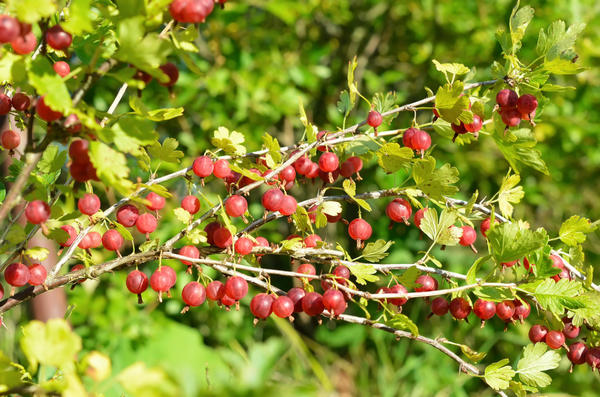

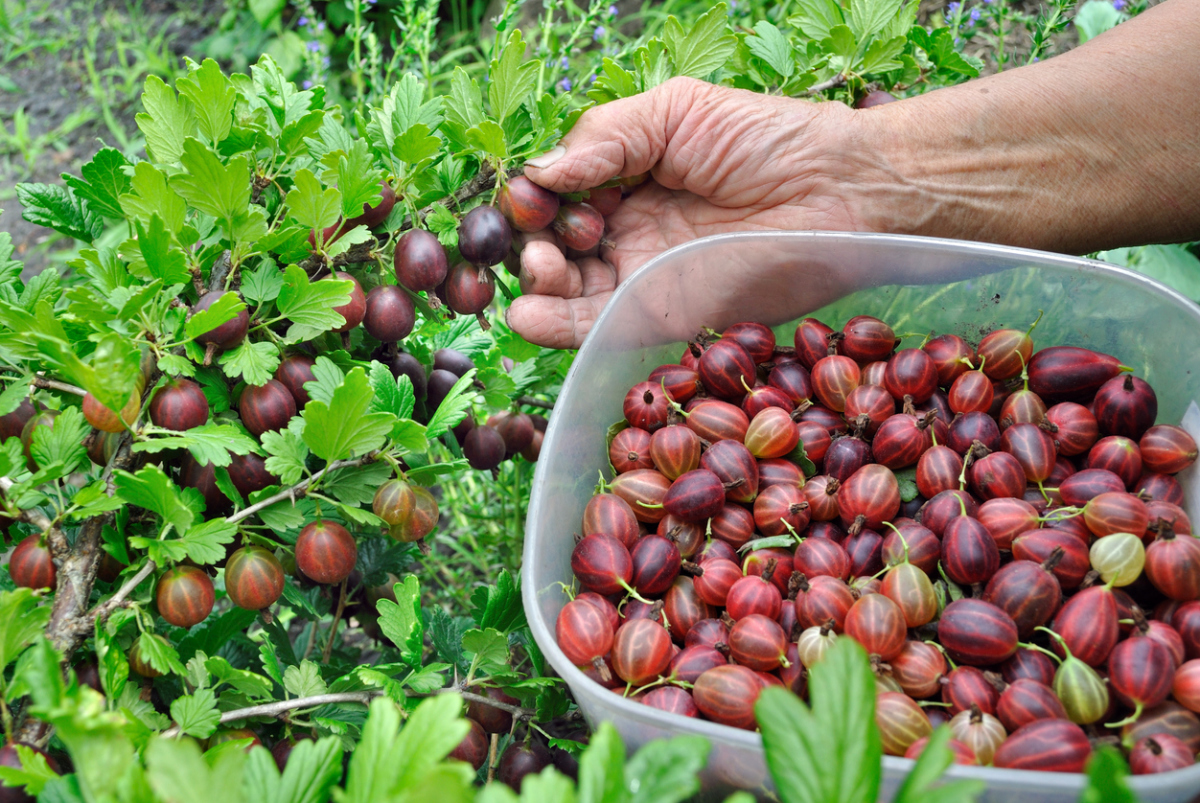
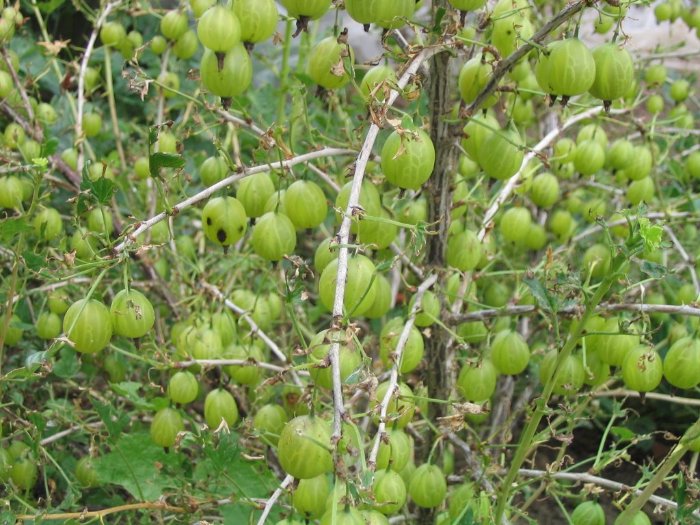 What if gooseberries have eaten all the leaves? Simple tools come to the rescue
What if gooseberries have eaten all the leaves? Simple tools come to the rescue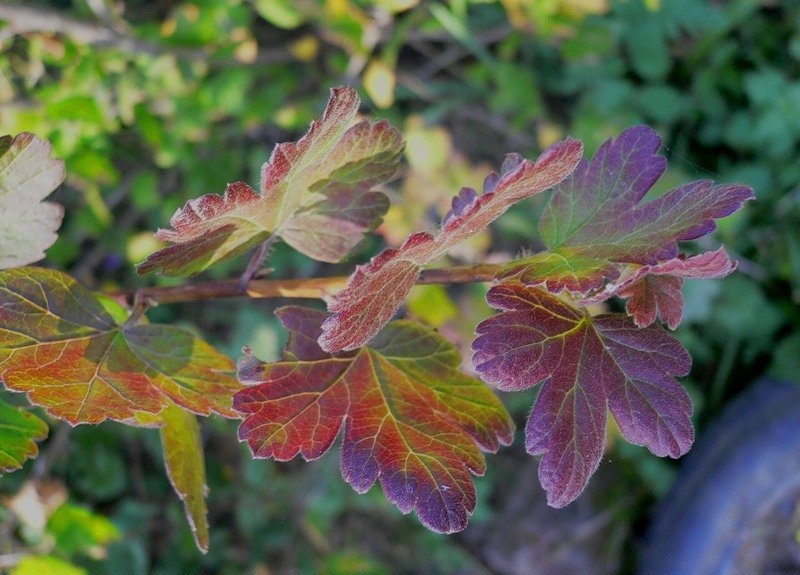 What does the red border on gooseberry leaves mean and what needs to be done
What does the red border on gooseberry leaves mean and what needs to be done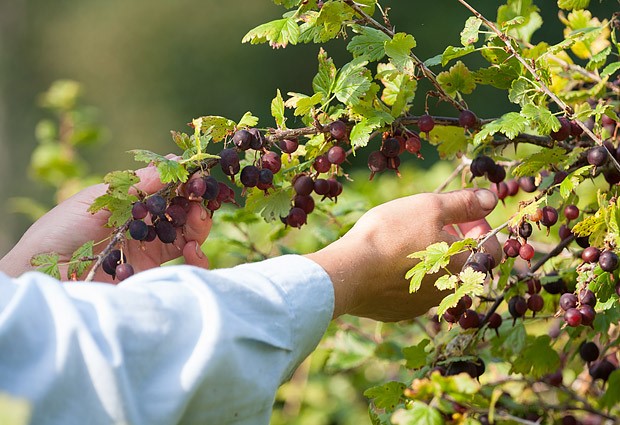 That's the end of summer, it's time to feed gooseberries after harvest
That's the end of summer, it's time to feed gooseberries after harvest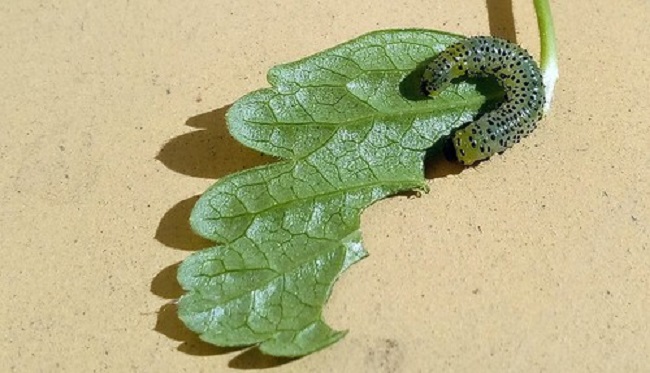 To save gooseberries from the invasion of caterpillars will help vinegar, mustard and ammonia
To save gooseberries from the invasion of caterpillars will help vinegar, mustard and ammonia